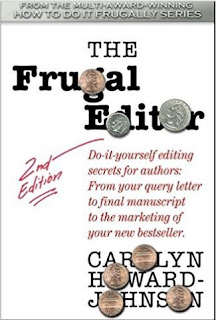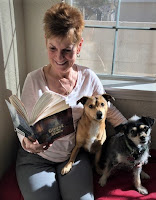By Terry Whalin (@terrywhalin)
At every writer’s conference or group of writers, there is buzz around the word “platform.” Editors and literary agents are searching for authors with a platform or a personal connection to their readers. What’s that about? Many authors believe their task is to write an excellent book and get it to the right publisher. Don’t publishers sell books to bookstores? The questions are good ones and in this article, I want to give you some answers from my decades of writing books for publishers, yet also sitting on the inside of several publishing houses as an acquisitions editor. Admittedly publishing is a complex business and I’ve been studying the various nuisances of it for years (and still learning more every day).
Writing a Good Book Is Foundational
While I’ve looked at thousands of submissions in my years in publishing, I also have interviewed other acquisitions editors. During one interview, I asked, “How do you know when you find a good submission?”
He said, “Terry, I read the first sentence and if it is a good sentence, I read the next one. If it is a good paragraph, I read the next one. If it is a good page, I read the next one.” You want to start your manuscript with a bang and draw the editor immediately into your writing. Don’t bury your best material over in a later chapter because the editor may not read that far. Good writing in your submission is essential.
Every Writer Needs a Proposal
Whether you write fiction or nonfiction, you need to put the writing energy into creating a proposal. I understand they take lots of work to create. Two of my proposals got six-figure advances from publishers (and I have lengthy stories about what happened with those books—for another time). Your proposal shows you understand the market and your target reader. It includes your game plan about how you are going to reach your audience and sell books. The proposal is an important document for you to write even if you self-publish. I have a free book proposal checklist at: https://terrylinks.com/bookcheck
The Editor’s Search
I often tell authors that making books is easy but selling books is hard. Over 4,500 new books are published every day (including the self-published books). Yes that is a lot of books and why every author needs to have a plan and ability to reach readers. As editors, we are searching for these types of writers.
Publishers produce beautiful books and sell them into bookstores (online and brick and mortar). Authors drive readers to those bookstores and sell the books out into the hands of readers. Publishers certainly have an investment in the books they publish but authors need to be even more invested in reaching readers. It’s what many people call building a platform (audience).
Action Is Key
It’s easy to get overwhelmed with this process and confused about what action to take. Here’s the key (no matter what you are writing): do something and do it consistently day after day. Here are some basic facts about this process:
* Everyone starts small and builds* Your personal email list is more important than your social media audience
* You should focus on what you can control (email list) instead of rented media in places like Twitter or Facebook (which you don’t own or control)
* It takes hard work for every writer but you need to do this work
* There are many different ways to build your audience. Pick one or two and see what works best for your writing.
* If the process were simple everyone would succeed (sell many books),
* Persistence and consistency are important for every writer.
________________________________________
W. Terry Whalin, a writer and acquisitions editor lives in Colorado. A former magazine editor and former literary agent, Terry is an acquisitions editor at Morgan James Publishing. He has written more than 60 nonfiction books including Jumpstart Your Publishing Dreams and Billy Graham. Get Terry’s newest book, 10 Publishing Myths for only $10, free shipping and bonuses worth over $200. To help writers catch the attention of editors and agents, Terry wrote his bestselling Book Proposals That $ell, 21 Secrets To Speed Your Success. Check out his free Ebook, Platform Building Ideas for Every Author. His website is located at: www.terrywhalin.com. Connect with Terry on Twitter, Facebook and LinkedIn.


















.png)


